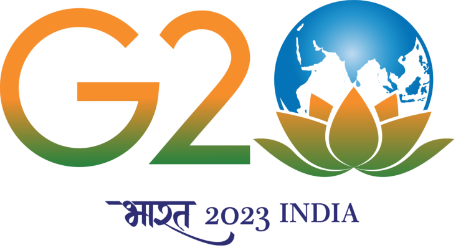Study of the Tribal Belts & Blocks under Assam Land & Revenue Regulation, 1886
Line System
During 1930, the then British Govt. had declared certain areas predominantly inhabited by Tribal and other backward people as ‘closed’ area by drawing imaginary lines in order to protect these areas from migrants from outside. This was popularity known as “Line System”. It however, did not work satisfactorily.
In 1936, the Government formed a Committee with Mr. Hockenhull as Chairman to enquire into the working of the “Line System”. The Committee recommended ejectment of all unauthorised occupants from the ‘Closed’ villages and also enlargement of the prohibited areas for protection of the backward and tribal communities.
In 1939, the Government, after considering the recommendations of the “Line System Committee”, decided that the whole mouzas or compact parts of the mouzas predominantly inhabited by the tribals and other backward classes should be constituted as protected areas.
Creation of Tribal Belts & Blocks
In early 1945, the Government included a Para in the “Resolution of Land Settlement” published under No. RD.68/44/52, dated 15th January, 1945 for providing protection to the Tribal and other backward classes of people.
Finally in July, 1945 the Government adopted a Resolution No. RD.68/44 dated 13th July, 1945 for creation of Tribal Belts and Blocks.
In pursuance of the above resolution, the Assam Land and Revenue Regulation, 1886 was amended in 1947 by adding the Chapter-X, which exclusively deals with matters relating to Tribal Belts & Blocks.
In August, 1949, the state Government issued a set of Rules under the Chapter-X and annexed these to the Assam Land & Revenue Regulation Act, 1886 under Government Notification No. RD. 28/47/43 dated 24th August, 1949.
Belts and Blocks were constituted of compact areas in region predominantly inhabited by those classes of people, which were notified under section 169 (1) of the regulation. While Belts were constituted with larger areas, Blocks had smaller areas keeping this boundary of mouzas in view. Till 1964, 35 Belts and Blocks (11 Belts and 24 Blocks) were created in the state. Subsequently, 11 (3 Belts and 8 Blocks) were created from 1977 onwards. The total areas of the 46 (14 Belts and 32 Blocks) was 1, 28, 51,602 or 17, 13, 546.9 hectors. However, parts of some Belts and Blocks have been denotified on five occasions since 1949. It is states that, at present the area covered by the 46 tribal Belts and Blocks would be slightly less than 1,25,69,595 bighas or 16,75,946 hectors as per previous record.
Protected Classes of people in the Tribal Belts & Blocks
In this notification of 5th December, 1947, the state Government declared six classes of people as protected classes coming within the purview of Belts and Blocks.
- Plains tribes
- Hills tribes
- Tea Garden tribes
- Santhals
- Scheduled Castes
- Nepali Cultivator graziers
In notification dated 29th April, 1985, the state Government included “Indigenous Koch-Rajbongshis of the erstwhile Goalpara i.e. the present district of Goalpara, Dhubri, Kokrajhar and Bongaigaon, as one of the protected classes falling within the ambit of section 160 (2) of the Regulation. Further, in notification of 27th June, 1969, the sate administration excluded the Nepalese from protected classes. However, it was clarified in 1980 that Nepali cultivator graziers who were within the jurisdiction of Belts and Blocks prior to June 1969 were to be treated on the same footing as other non-protected categories residents.

